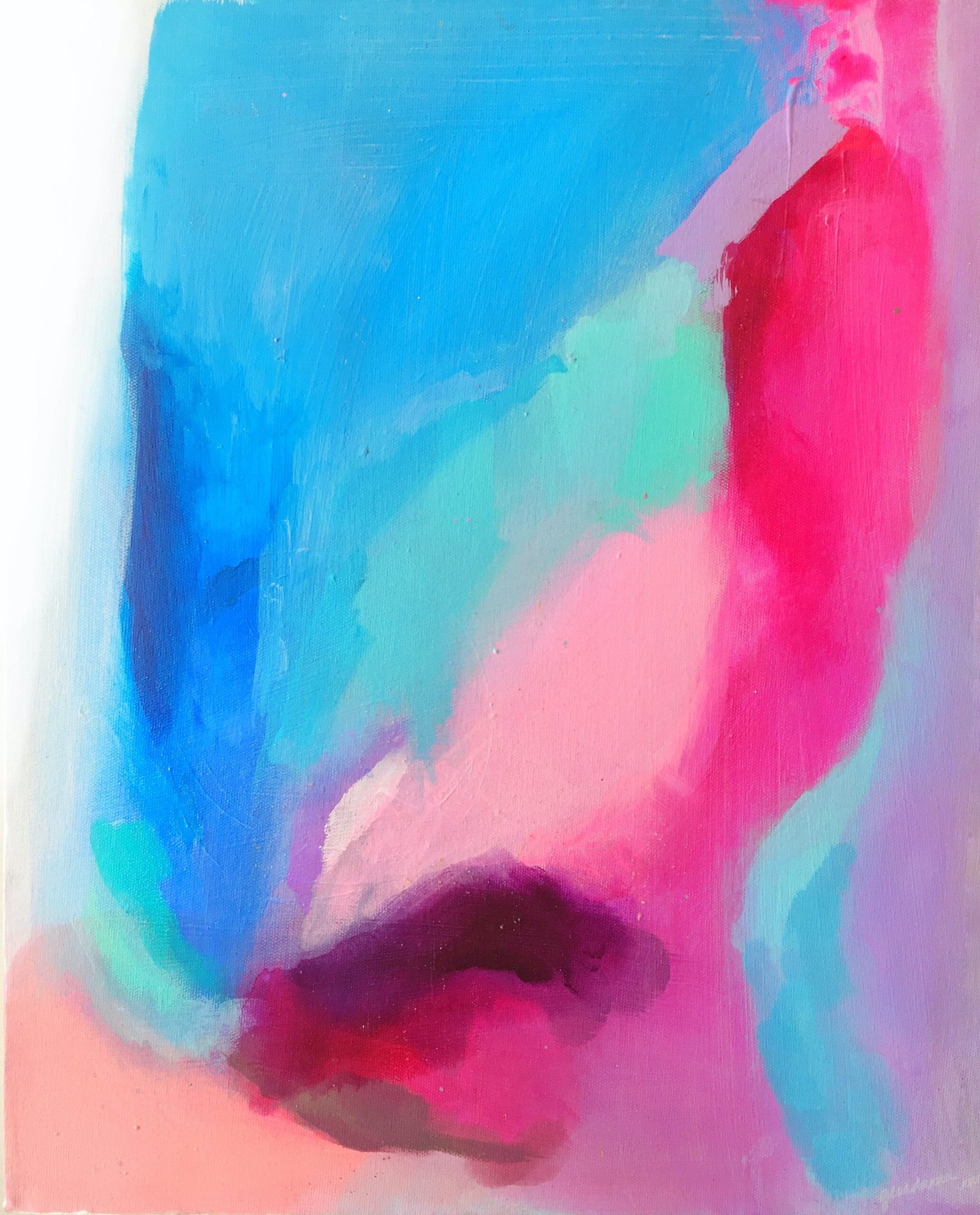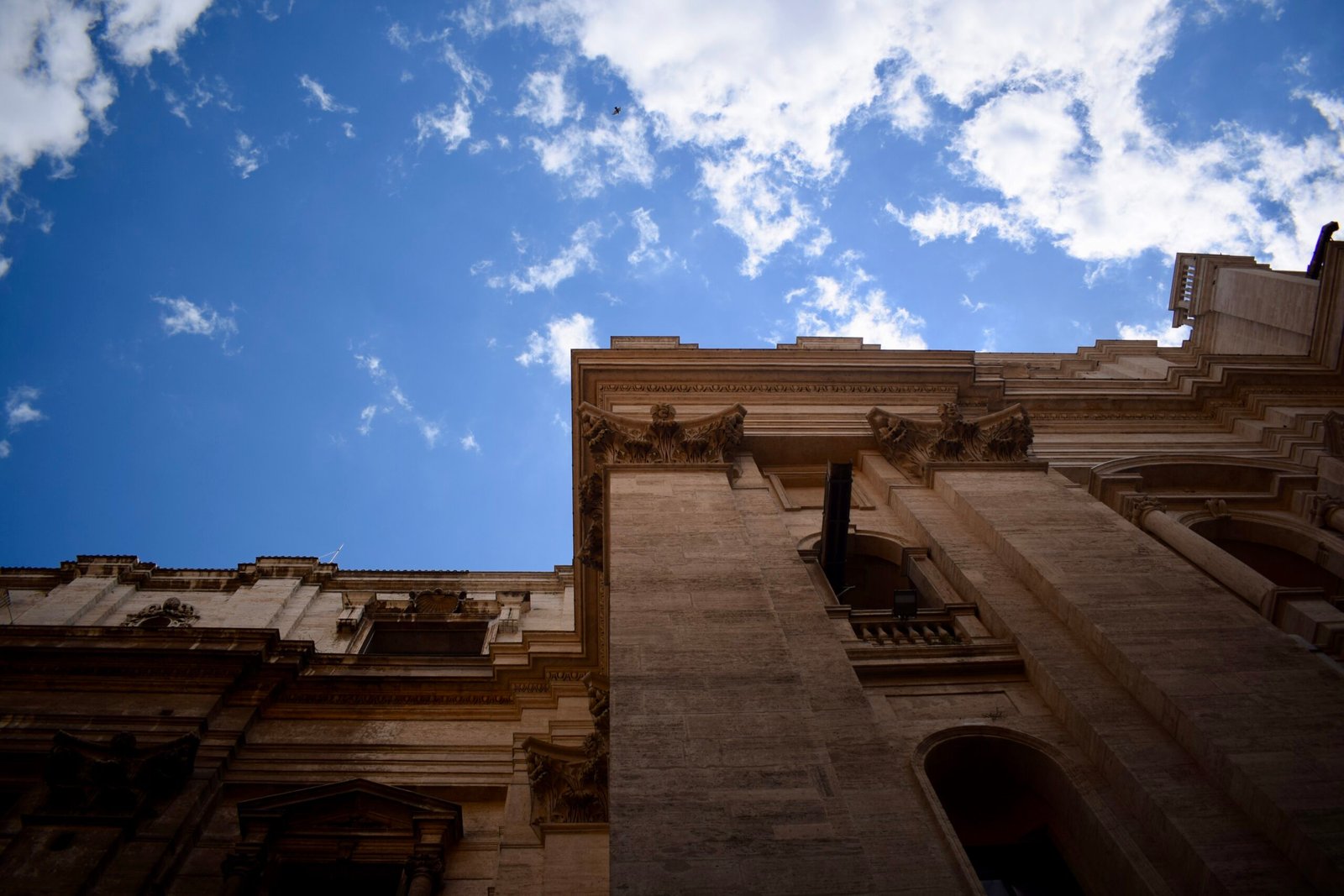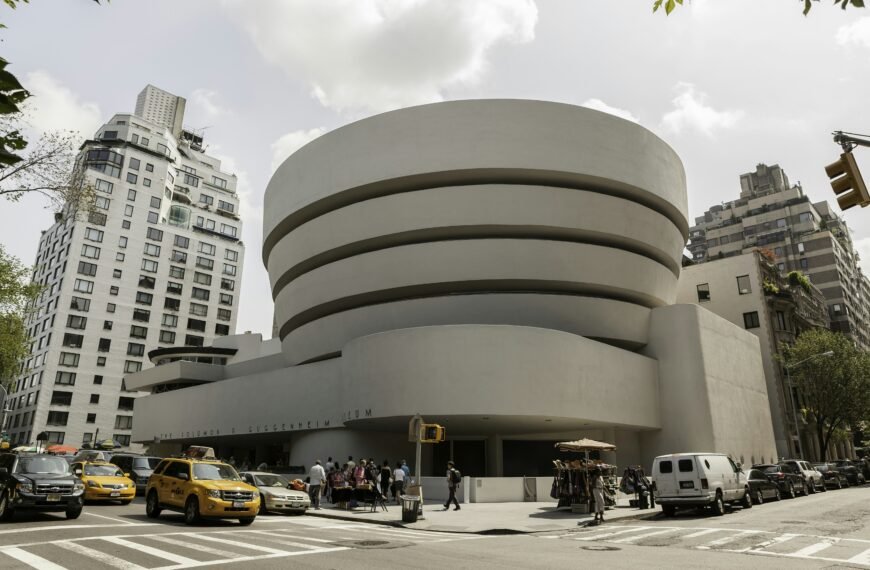Imagine stepping into a medieval city, where every resident is a knowledge-filled guide and a reverent silence blankets each building and corridor. This is the immersive experience awaiting you as you wander through the Vatican Museums in Rome, Italy. Preserved since the 16th-century, the Vatican Museums offer a treasure trove of Renaissance art, with masterpieces like Michelangelo’s ‘Last Judgement’ adorning the walls and ceilings of the churches and galleries. Amidst the collection of 20,000 pieces, you’ll also find Greek and Roman statues that exude a sense of grandeur. Although the crowds may be eager to check off this tourist hotspot, don’t let that deter you from exploring the Raphael Rooms, the Sistine Chapel, and the Octagonal Court. And if you’re short on time, these are the ones you definitely shouldn’t miss. So put on your walking shoes, embrace the history, and prepare to be dazzled by the magnificent art and history of Rome at the Vatican Museums.
History of the Vatican Museums
Establishment of the Vatican Museums
The Vatican Museums were established in the early 16th-century as a way to preserve and protect the artistic and cultural treasures of the Vatican City. Pope Julius II was instrumental in the creation of the museums, as he was a great patron of the arts and saw the importance of showcasing these masterpieces to the world. The museums began with a small collection, but over time, they expanded to include numerous galleries, churches, and corridors.
Preservation and protection of the museums
Preserving and protecting the Vatican Museums has always been a top priority. The staff of the museums work diligently to maintain the artwork and prevent any damage or deterioration. This includes careful climate control, regular cleaning and restoration, and implementing strict security measures to ensure the safety of the collections. Additionally, the Vatican Museums have collaborated with international organizations to share expertise and best practices in museum conservation.
Evolution of the collection over time
The collection of the Vatican Museums has evolved and grown significantly over the centuries. Initially, the museums focused on religious iconography, with many pieces depicting biblical scenes and figures. As time went on, the collection expanded to include works from various artistic movements and styles. Today, the museums house an extensive collection of Renaissance art, Greek and Roman statues, and other historical artifacts. The Vatican continuously acquires new pieces through donations and acquisitions to enrich its collection and offer visitors a diverse and comprehensive art experience.
Overview of the Vatican Museums
Size and layout of the museums
The Vatican Museums are vast, covering a total area of approximately 13.7 acres. The museums consist of several interconnected buildings, galleries, and courtyards, including the Pio-Clementine Museum, the Raphael Rooms, and the Pinacoteca Museums. Navigating the museums can be overwhelming due to their size, but they are well-organized, and visitors can move from one area to another with ease.
Highlights of the museums
The Vatican Museums are renowned for their impressive collection of art and historical artifacts. Some of the highlights include Michelangelo’s iconic frescoes in the Sistine Chapel, Raphael’s exquisite frescoes in the Raphael Rooms, and the stunning Greek and Roman statues displayed in various galleries. These masterpieces attract visitors from around the world and are truly a sight to behold.
Famous artworks and exhibits
Some of the most famous artworks and exhibits in the Vatican Museums include Michelangelo’s ‘Last Judgement’ in the Sistine Chapel, which is considered one of the greatest artistic achievements in human history. The Raphael Rooms showcase Raphael’s talent and include his renowned frescoes, such as ‘The School of Athens’. Additionally, the museums house a vast collection of ancient Egyptian and Etruscan artifacts, including mummies and sarcophagi.
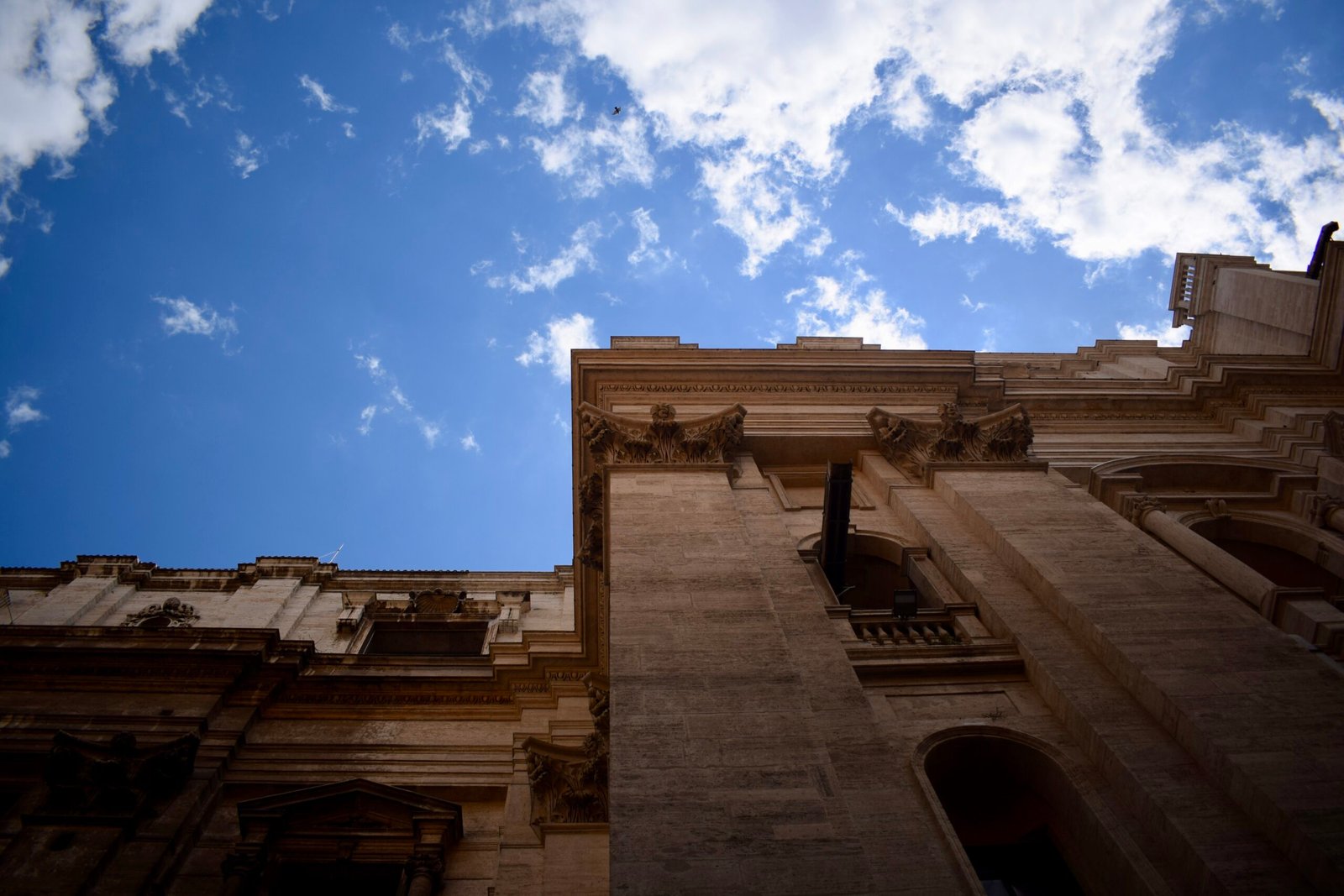
Renaissance Art in the Vatican Museums
Significance of Renaissance Art in the museums
Renaissance art plays a significant role in the Vatican Museums as it represents a period of great cultural and artistic innovation. During the Renaissance, artists focused on humanism, individualism, and perspective, resulting in some of the most celebrated artworks in history. The Vatican Museums are home to numerous Renaissance masterpieces, including works by renowned artists such as Leonardo da Vinci, Michelangelo, and Raphael.
Masterpieces by renowned artists
The collection of Renaissance art in the Vatican Museums is truly impressive. Visitors can admire Michelangelo’s stunning ‘Pieta’, which depicts the body of Jesus on the lap of his mother Mary. The ‘School of Athens’ by Raphael is another masterpiece that captures the essence of the Renaissance with its depiction of famous philosophers and scholars. The museums also house works by Leonardo da Vinci, including his unfinished painting ‘St. Jerome in the Wilderness’.
Religious iconography in Renaissance Art
Religious iconography is a common theme in Renaissance art, and the Vatican Museums showcase numerous examples of this genre. Paintings and sculptures depict scenes from the Bible, saints, and religious figures, all with exquisite attention to detail. The religious themes in Renaissance art serve as a reminder of the strong influence of the Catholic Church during this period and its patronage of the arts.
Greek and Roman Statues in the Vatican Museums
Collection of Greek and Roman statues
The Vatican Museums boast an impressive collection of Greek and Roman statues, which are considered some of the finest examples of ancient art. These statues were acquired over the centuries through various means, including excavations, donations, and purchases. Visitors can see statues of gods and goddesses, mythological figures, emperors, and other important historical figures from ancient Greece and Rome.
Imposing nature of the statues
The Greek and Roman statues displayed in the Vatican Museums are known for their imposing presence. These sculptures are often life-sized or larger, meant to convey strength, beauty, and divine power. The level of craftsmanship and attention to detail in these statues is remarkable, making them a true marvel to behold. They provide a glimpse into the artistic and cultural achievements of ancient civilizations.
Historical and cultural significance
The Greek and Roman statues in the Vatican Museums hold immense historical and cultural significance. They represent the artistic achievements of ancient civilizations and provide valuable insights into their mythology, religion, and social structures. These statues also serve as a testament to the cultural exchange between ancient Greece and Rome, influencing later artistic movements and serving as inspiration for countless artists throughout history.
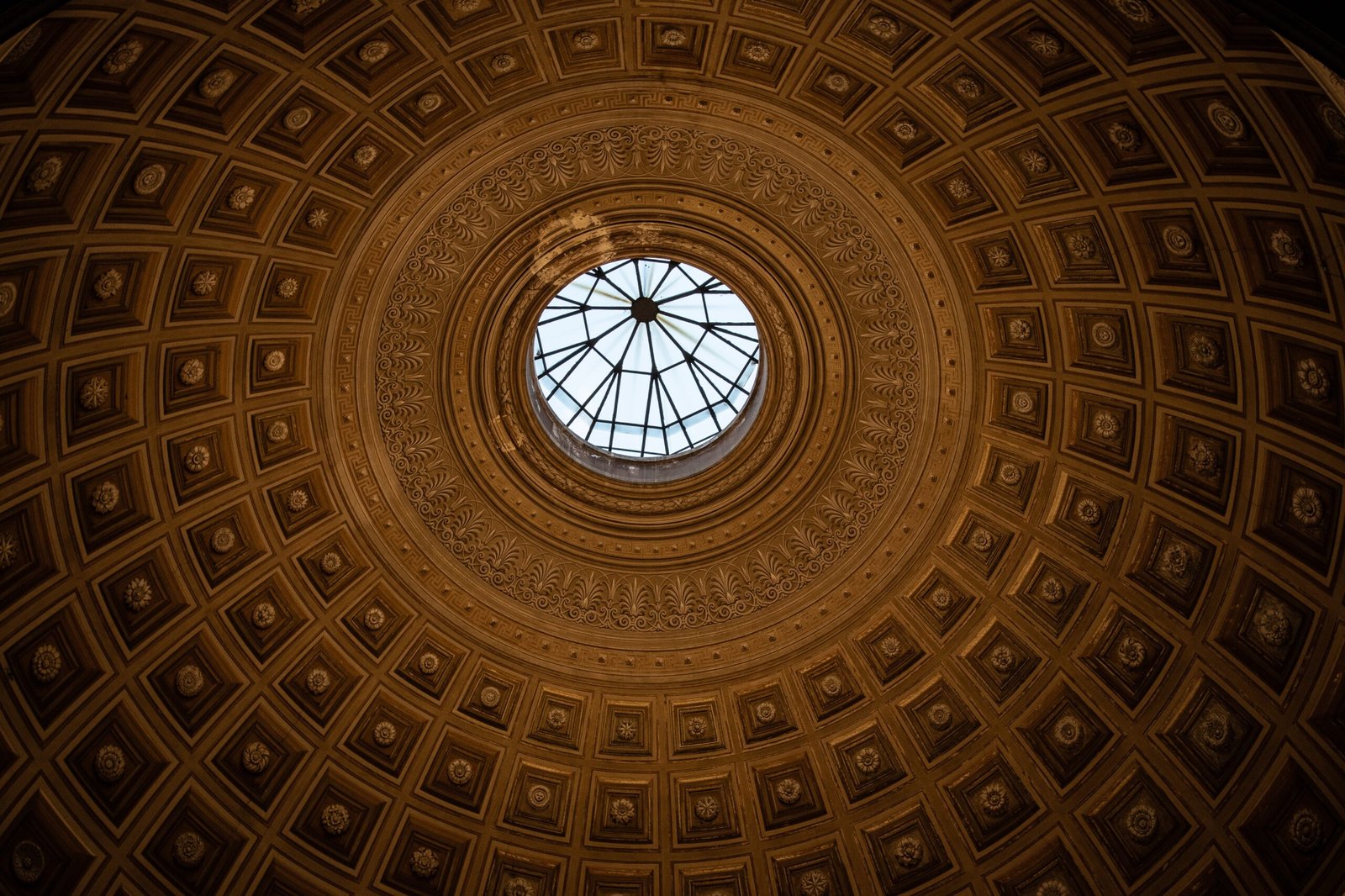
Visitor Experience at the Vatican Museums
Crowd management and tourist behavior
The Vatican Museums attract millions of visitors each year, making crowd management a critical aspect of the museum experience. The staff of the museums work diligently to ensure a smooth flow of visitors, employing strategies such as timed entry tickets and designated routes. However, given the popularity of the museums, it is essential for visitors to be patient and respectful of others. Maintaining a calm and considerate demeanor enhances the experience for everyone.
Impact of high visitor numbers
The high number of visitors at the Vatican Museums can have both positive and negative impacts. On one hand, the museums’ popularity allows for widespread appreciation and enjoyment of the art. On the other hand, the sheer volume of visitors can lead to crowded spaces and longer wait times. It is advisable for visitors to plan their visit outside peak hours or consider alternative options such as guided tours to optimize their experience.
Navigating the museums efficiently
To make the most of a visit to the Vatican Museums, it is crucial to plan ahead and navigate the museums efficiently. It is advisable to prioritize the must-see areas such as the Raphael Rooms, the Sistine Chapel, the Octagonal Court, and the Etruscan and Pinacoteca Museums. Following a well-thought-out route and utilizing maps and audio guides can help visitors explore the museums with ease and avoid missing any important highlights.
Guided Tours at the Vatican Museums
Pros and cons of guided tours
Guided tours can be a beneficial option for visitors to the Vatican Museums. The main advantage is having a knowledgeable guide who can provide in-depth explanations and context to the art and artifacts. Guides can enhance the visitor experience by pointing out details that may go unnoticed and offering insights into the historical and cultural significance of the works. However, some visitors may prefer to explore the museums independently to have a more personal and contemplative experience.
Authorized guides and skip-the-line options
To ensure a quality guided tour experience, it is recommended to choose authorized guides who are knowledgeable about the Vatican Museums’ collection and history. These guides have undergone specific training and possess the necessary accreditation. Skip-the-line options are also available, allowing visitors to bypass the long queues and enter the museums more efficiently. This option is particularly useful during peak tourist seasons.
Quality of tour guides
The quality of tour guides at the Vatican Museums can vary, depending on the individual guide and their expertise. It is advisable to do some research and read reviews to find reputable tour companies or guides who receive positive feedback. Experienced guides who are passionate about art and history can greatly enhance the visitor experience by providing engaging and informative tours.
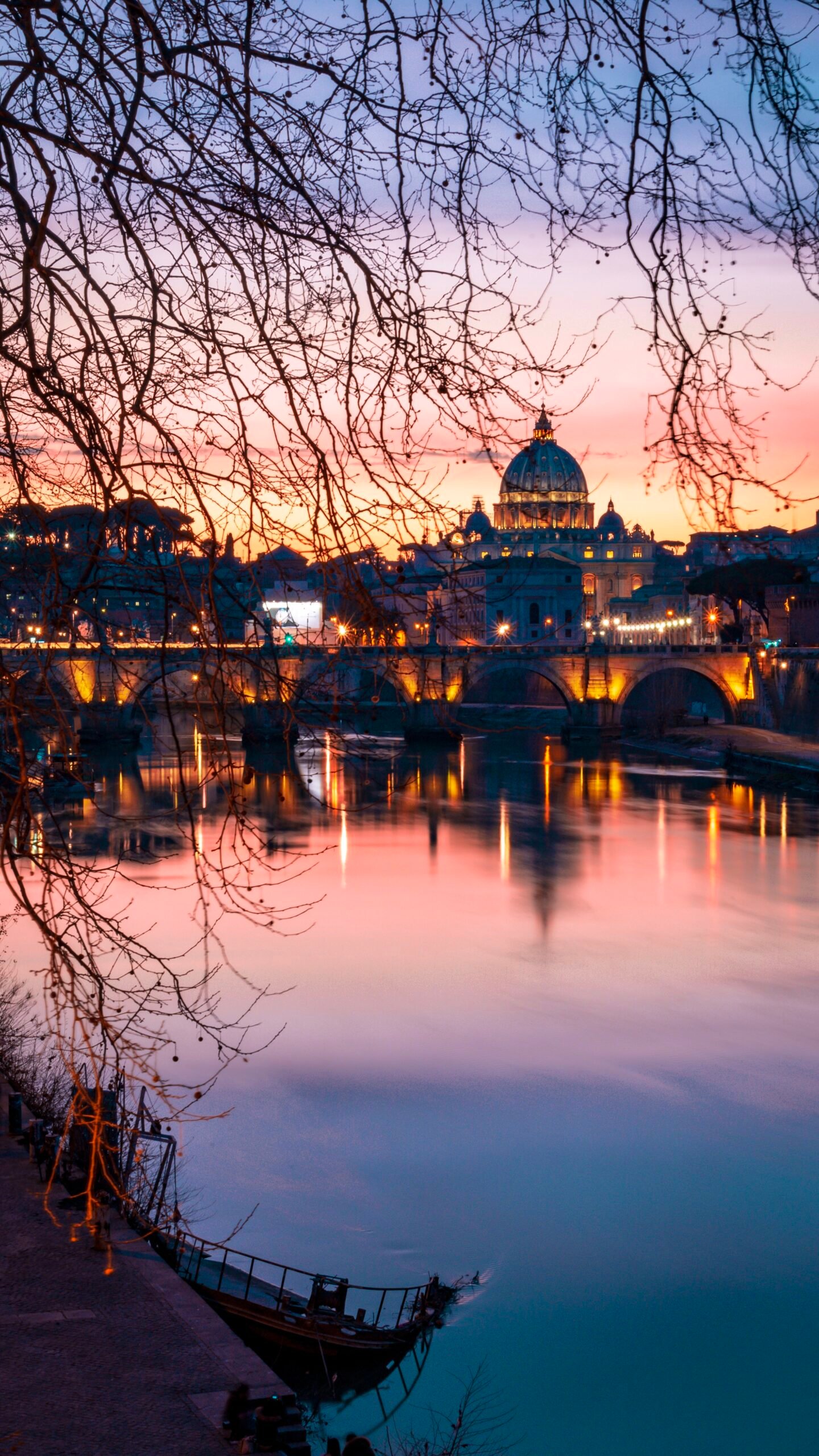
Must-See Areas in the Vatican Museums
The Raphael Rooms
The Raphael Rooms are a collection of four interconnected rooms adorned with frescoes painted by the renowned artist Raphael and his assistants. The highlight of these rooms is the ‘School of Athens’, which is considered one of Raphael’s greatest masterpieces. The fresco depicts philosophers, mathematicians, and scientists, showcasing the intellectual and cultural achievements of the Renaissance.
The Sistine Chapel
The Sistine Chapel is perhaps the most famous and iconic attraction in the Vatican Museums. It is renowned for its magnificent frescoes, including Michelangelo’s ‘Last Judgement’ and the ceiling frescoes depicting various biblical scenes, such as the creation of Adam. The chapel holds immense religious and historical significance and is a must-see for any visitor to the Vatican Museums.
The Octagonal Court
The Octagonal Court is a beautiful open courtyard located within the Vatican Museums. It is surrounded by stunning statues and serves as a peaceful oasis amidst the bustling galleries. Visitors can take a moment to relax and appreciate the architecture and art displayed within the court.
The Etruscan and Pinacoteca Museums
The Etruscan and Pinacoteca Museums offer a different perspective within the Vatican Museums. The Etruscan Museum houses a collection of ancient artifacts from the Etruscan civilization, including pottery, jewelry, and statues. The Pinacoteca Museum showcases a diverse collection of paintings from various periods, including works by Caravaggio, Leonardo da Vinci, and Raphael.
Location and Contact Information
Address and map of the Vatican Museums
The Vatican Museums are located within Vatican City, an independent state within Rome, Italy. The address is Viale Vaticano, 00120 Vatican City, Rome, Italy. Visitors can easily find the museums by following signs or using GPS navigation.
Contact details for inquiries and reservations
For inquiries and reservations, visitors can contact the Vatican Museums directly. The official website provides information on ticket prices, opening hours, and special exhibitions. The Vatican Museums also offer online ticket sales for added convenience.
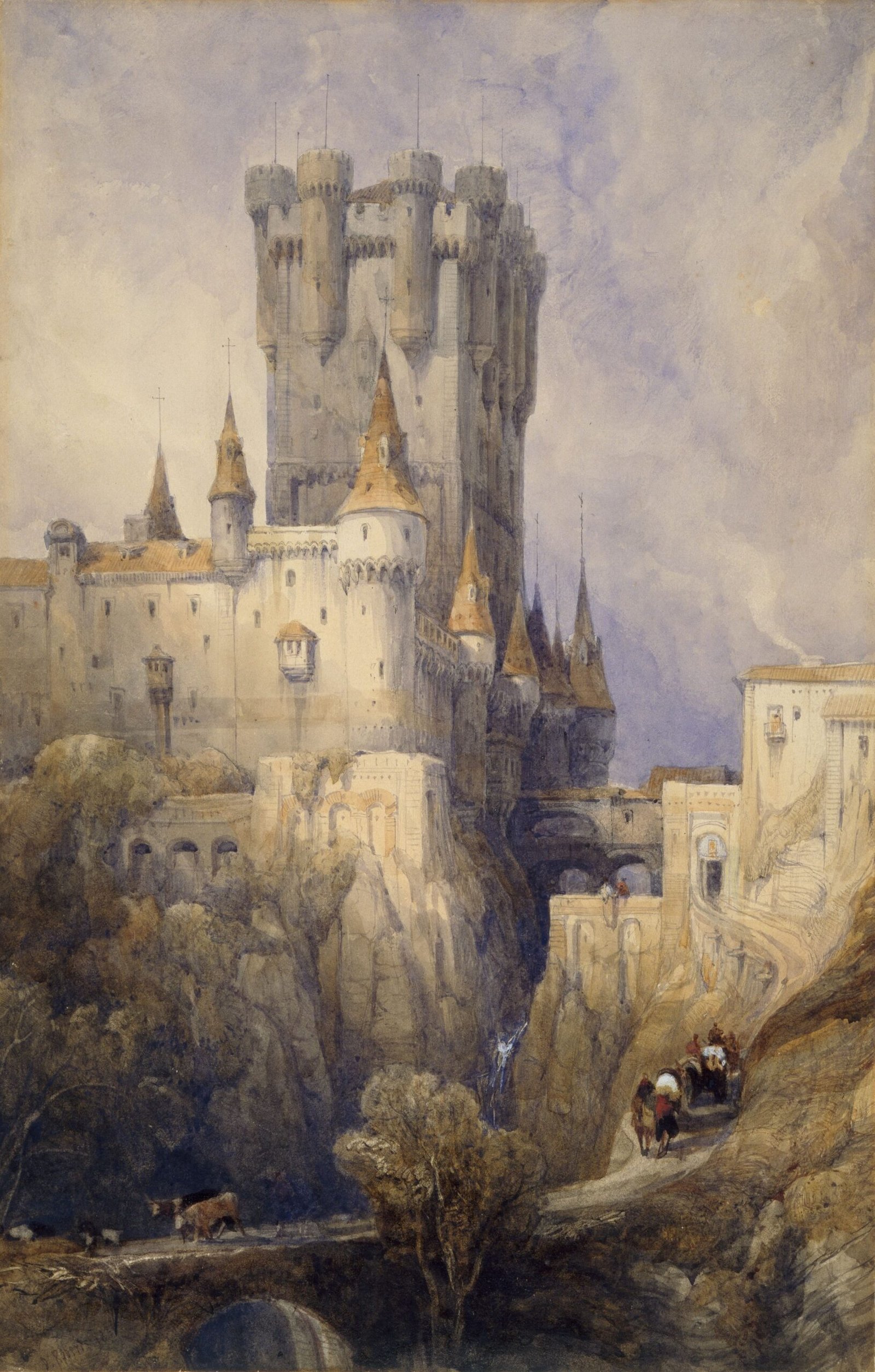
Recommended Hotels near the Vatican Museums
Hassler Roma
Hassler Roma is a classic and elegant hotel located at the top of the Spanish Steps, offering breathtaking views of Rome. It provides luxurious accommodation and excellent service, making it a popular choice for visitors looking for a memorable stay near the Vatican Museums.
W Rome
For the well-traveled and design-savvy crowd, W Rome is a trendy hotel that offers modern and stylish rooms. Its convenient location near the Vatican Museums makes it an attractive option for those looking for a contemporary and comfortable stay.
Other nearby accommodation options
There are numerous other accommodation options near the Vatican Museums, catering to various budgets and preferences. Visitors can choose from a range of hotels, guesthouses, and vacation rentals in the surrounding area. It is advisable to consider factors such as proximity to the museums, amenities offered, and guest reviews when selecting accommodation.
Conclusion
The Vatican Museums offer a fascinating journey through art, history, and culture. With their rich and diverse collection, including Renaissance masterpieces, Greek and Roman statues, and religious iconography, the museums provide an immersive experience for visitors. While the crowded nature of the museums can be overwhelming, proper planning, guided tours, and prioritizing must-see areas can help visitors make the most of their visit. The Vatican Museums are truly a treasure trove of human creativity and a must-visit destination for art enthusiasts and history lovers alike.
